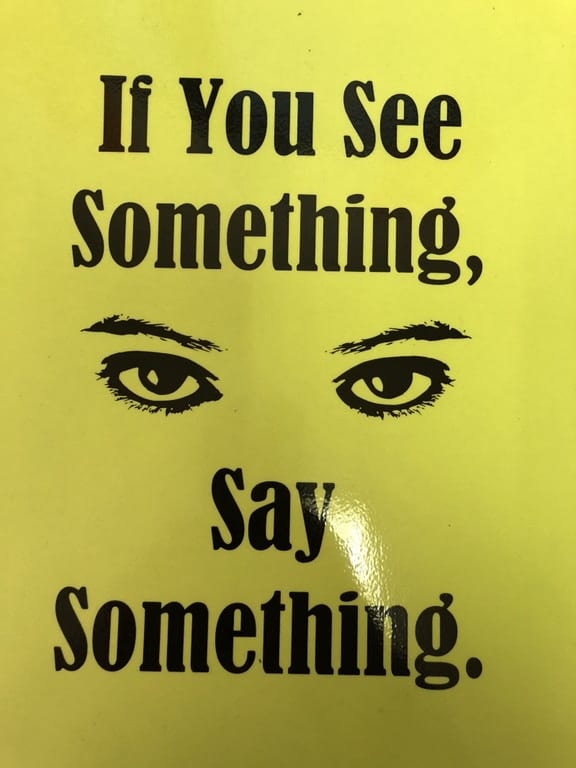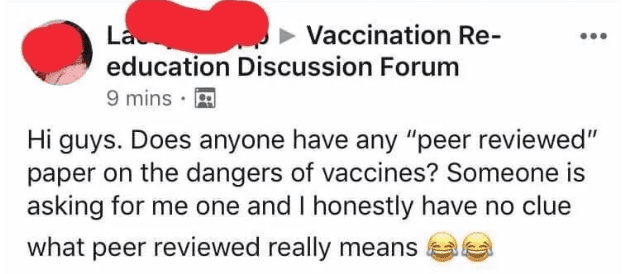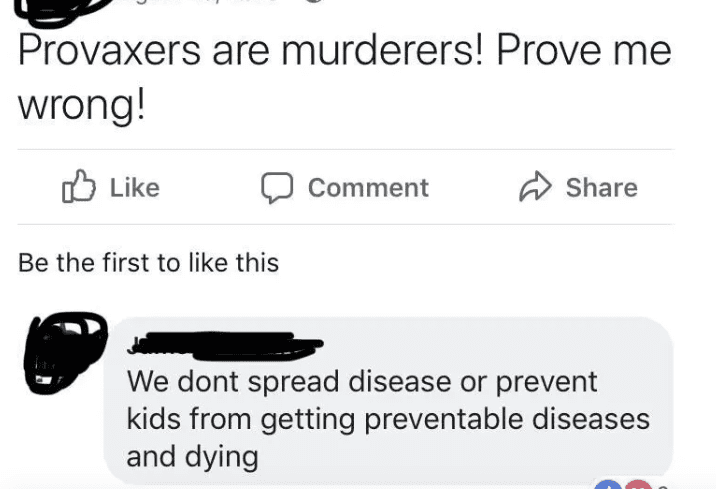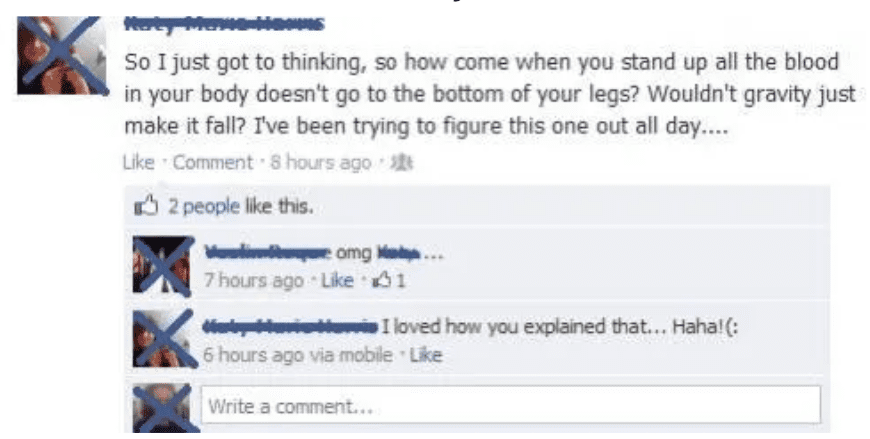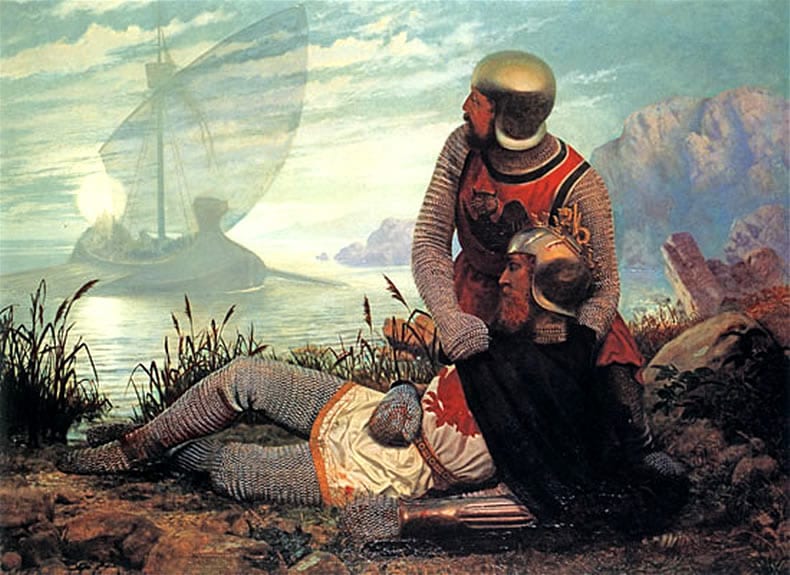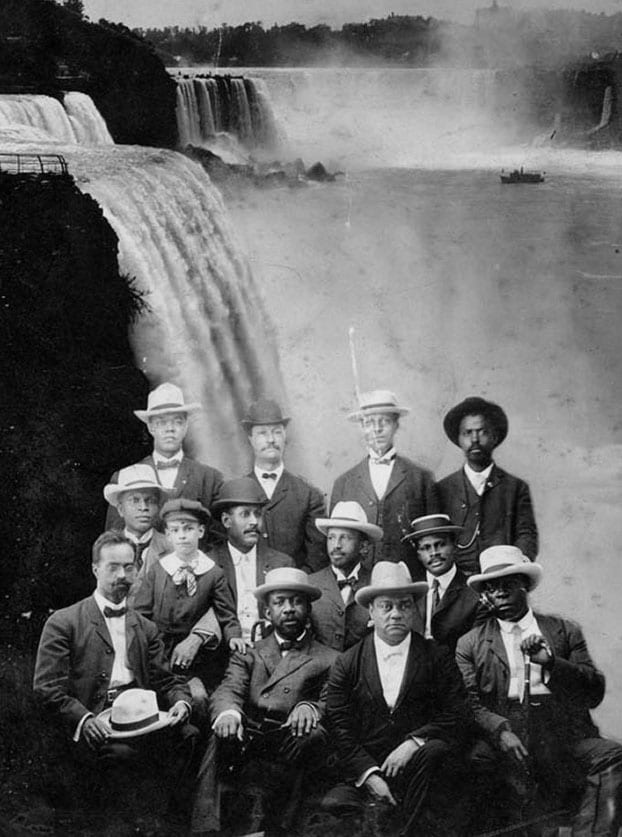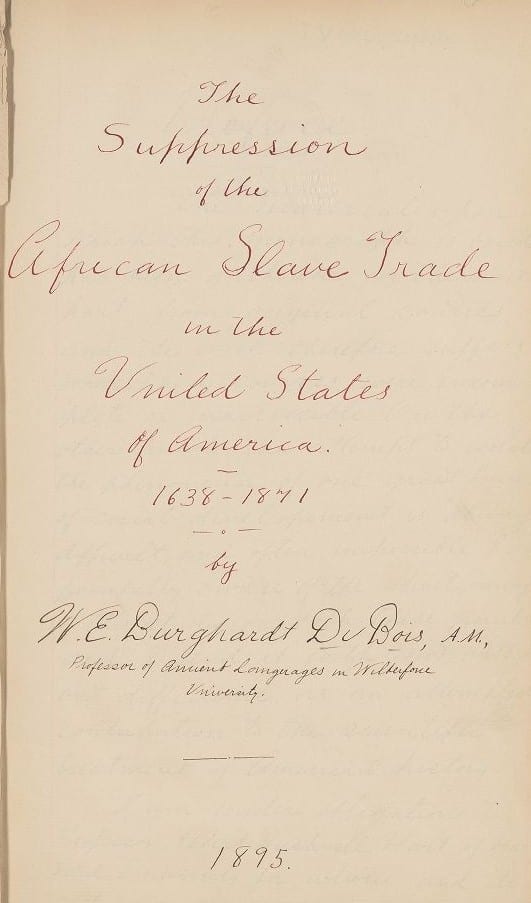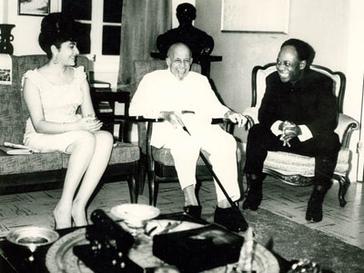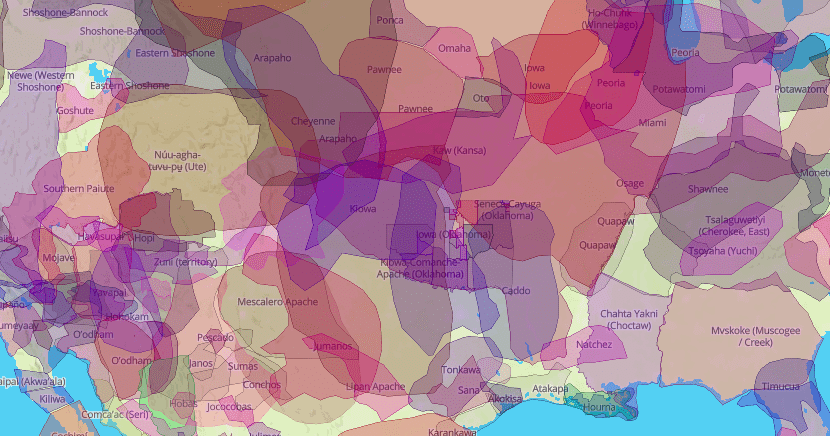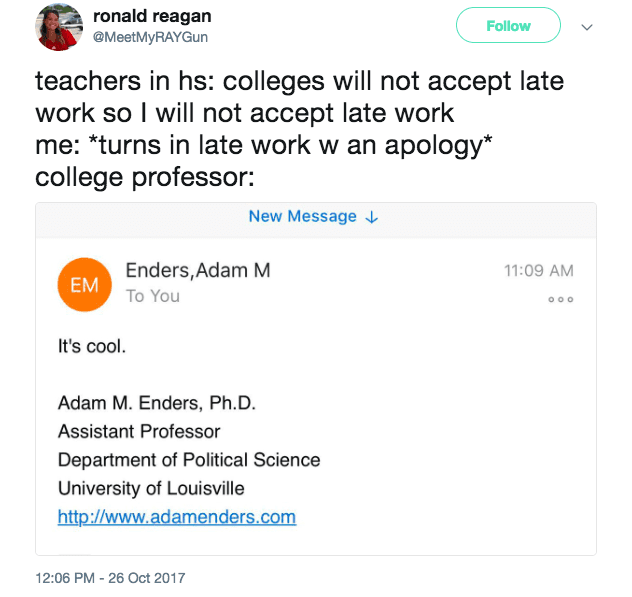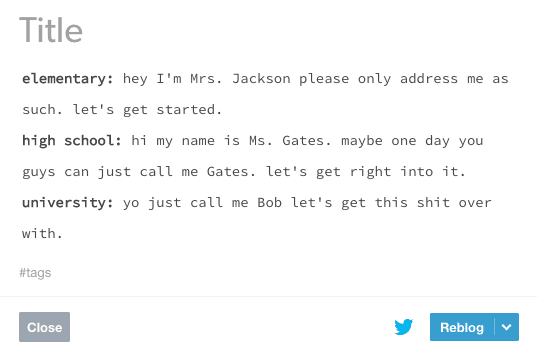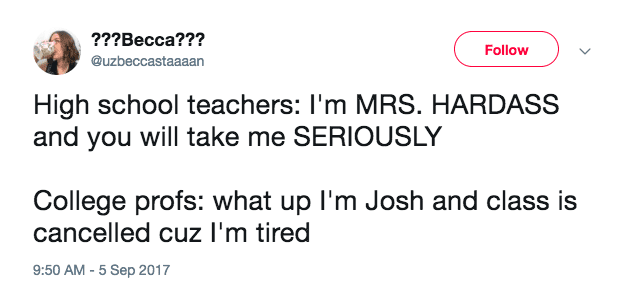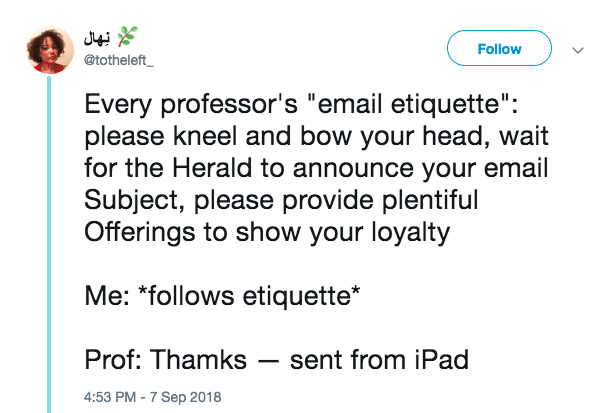Diana Leygerman is a high school teacher who does a unit on George Orwell’s 1984 with her class every year. It’s a truly classic work with which to explore themes of totalitarianism and oppressive regimes. As part of the unit, she also turns her classroom into such a regime.
She starts by informing her kids that the teachers and administration have identified “Senioritis” as a serious problem, and are implementing a strategy that has had “immense success” in other schools across the country.
Photo Credit: Amazon
She hangs motivational posters adorned with quotes and falsified statistics, the whole nine yards. The students believe that in order for them to succeed, they need to follow her strict classroom rules. Each time they don’t behave as expected, they lose points. They gain points for reporting other students who don’t follow the rules.
“I tell students that in order for this plan to work they must trust the process and not question their teachers.”
Everyone joins in the school-wide effort, and every year, the students fall in line, one-by-one.
Photo Credit: Diana Leygerman
Except this year, they didn’t.
“A handful of students did fall in line as always. The majority of students, however, rebelled. By day two of the simulation, the students were contacting members of administration, writing letters, and creating protest posters. They were organizing against me and against the administration. They were stomping the hallways, refusing to do as they were told.”
And the rebellion began to spread.
The student government president wasn’t even in her classes but wrote her an email demanding she end the program, that it was “simply fascism at its worst” and that “statements such as these are the base of a dictatorship rule, this school, as well as this country, cannot and will not fall prey to these totalitarian behaviors.”
Photo Credit: Diana Leygerman
She fought the rebellion, bribing the president to publicly resign, but it did not deter the others, who began to fight harder, with more vigilance. They found a new leader and kept pushing forward.
The teacher ended the experiment two days earlier than planned and says she’s learned something important, something that gives her hope – and that should do the same for all of us: teenagers will not go down without a fight when it comes to the integrity of their futures.
“For the first time since I’ve done this experiment, the students won.”
Perhaps it shouldn’t be surprising that kids weaned on books like Harry Potter and The Hunger Games are empowered, and that they realize the strength and abilities they possess despite their age. Kids saved those worlds, after all – who’s to say they aren’t going to save ours, too?
Photo Credit: WarnerBros.
Adults should take a lesson from the kids of today, teens like this teacher’s students and the kids from Marjory Stoneman Douglas High School in Florida. There’s no room for laziness or complacency when it comes to our rights, to fighting for the kind of society where we want to live and want our kids to flourish. There’s no time to give up.
In the words of one teacher who has witnessed their determination firsthand, “Do not get in their way. They will crush you.”
I, for one, couldn’t be more excited to see what sort of future they hold in their hands.
The post Teacher Attempts to Simulate a Dictatorship in Her Classroom and It Did NOT Go Well appeared first on UberFacts.


